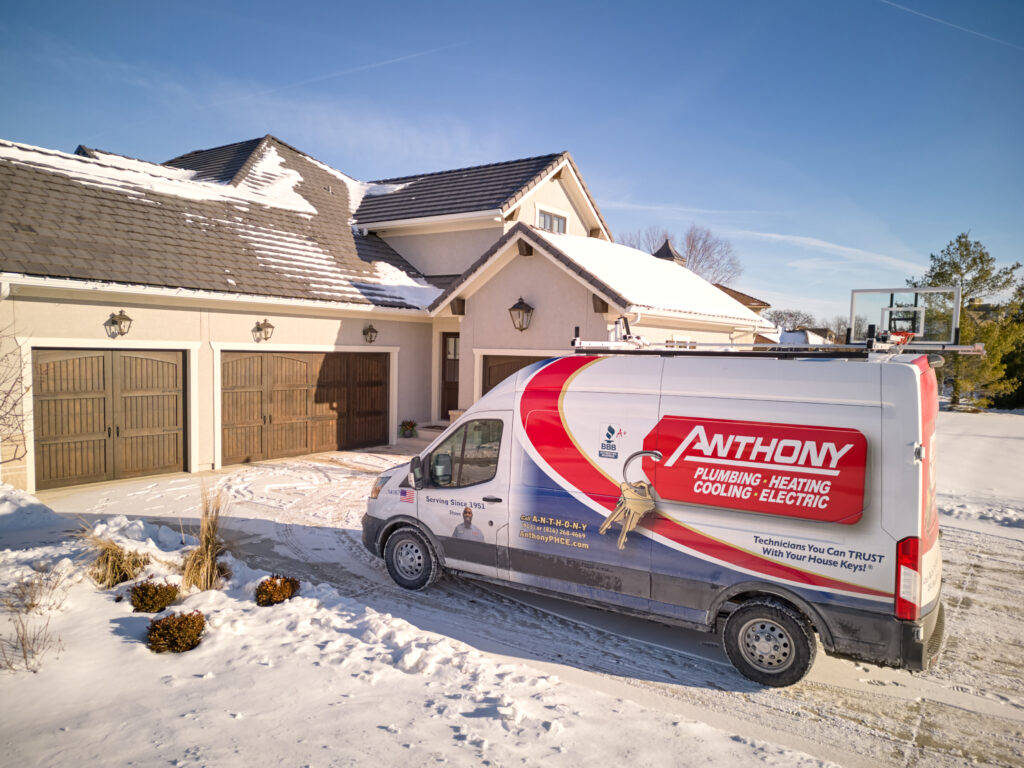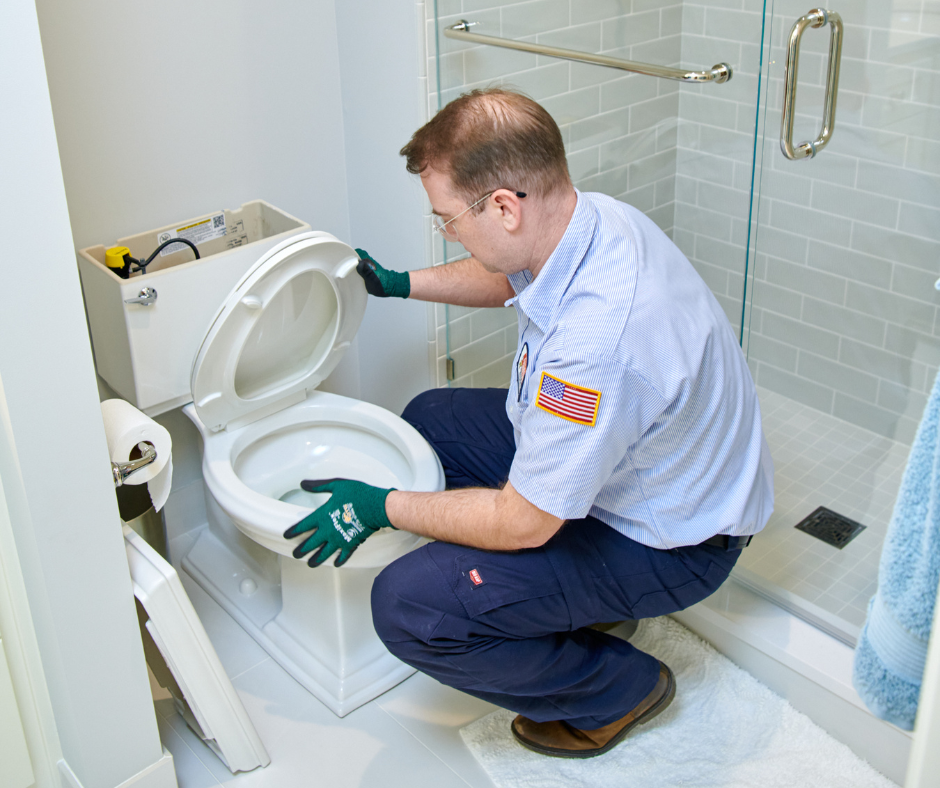BLOG
The Perks of an Infrared Garage Heater

It may seem far off now, but winter is coming—and your garage best be prepared when it arrives. Lucky for you, we’ve provided this handy guide to ensure your garage heating is taken care of. Our recommendation is the Auto-ray infrared garage heater, because it is easy to install, doesn’t use electricity and runs on natural gas.
These handy devices can heat a 2-3 car garage (500-600 square feet) with hardly any cost to you. We’ll go over the science behind infrared, the perks to using natural gas, the effects of cold weather on your vehicle, and a couple other garage heating options besides infrared.
Benefits
Since the garage is the area of the house that gets the least home heater attention, it’s important to implement a separate heat source that will de-ice your vehicle and stored items in the wintertime. We know how annoying it is when you have to heat up your car every morning just so you can feel your fingers.
If you’ve earned the coveted garage spot, you deserve a warm, ice-free car. Garage heating is the solution. They work great for an out-building or detached work shed. Plus, an infrared garage heater helps the rooms above your garage stay warm, too.
An infrared garage heater directly heats people and objects, thereby heating the surrounding air to the set temperature. The adjustable thermostat puts the control in your hands, so you never have to finagle with the system. An infrared garage heater is maintenance-free and odor-free.
Plus, they’re not noisy like other HVAC units. We offer a one-year warranty on gas control and a five-year warranty on the burner, so you can rest assured that these systems will last you a while.
CSA Certified
The infrared garage heater is also CSA certified, meaning an accredited third party has reviewed this product for safety and performance. This reassures retailers, regulators and consumers alike that this product does what it’s supposed to.

How Infrared Heating Works
Before you invest in an infrared garage heater, it’s important to know how it works. Similar to how the sun heats our planet, electromagnetic waves make the molecules oscillate and release energy as warmth. These systems produce sun-like heat tuned between 9-14 micron meters, ensuring safe heating.
Where traditional heating systems pump expensive heat into the air only to have it rise to the ceiling of the garage, infrared garage heaters are up to 50% more energy efficient. This type of heating doesn’t suck the moisture out of the air, and it prevents heat loss through ventilation (ie: heat escaping through open doors and windows).
In other words, you don’t have to worry about your garage losing its heat just because the garage door is open.
Infrared light isn’t visible because our eyes can’t access the spectrum it’s on. The same works for an infrared heater; the heat is a product of the light that we can’t see.
Since our skin and clothes absorb the heat, these heaters aren’t wasting energy on the spaces that don’t need heat. Infrared heaters can use propane, natural gas or electricity. Our preferred infrared garage heater uses natural gas, because it’s the most cost-effective and environmentally friendly option.
Natural Gas
Natural gas is the least damaging fossil fuel. It comes from deep beneath the Earth’s surface and is made up mostly of methane. It formed from the remains of decayed plants and animals mixed with sand and silt.
The buried layers or organic material were turned into coal, oil and natural gas via pressure and heat. In some spots, the natural gas moved into large cracks and spaces between layers of overlying rock, while some natural gases remained trapped in the tiny spores of shale, sandstone and sedimentary rock.
Natural gas has fewer impurities than other fuels, is less chemically complex, and has a generally less harmful pollution output from combustion. Natural gas produces less carbon dioxide (greenhouse gas), sulfur dioxide (acid rain), nitrogen oxides (smog) and particulate matter.
On top of being environmentally friendly, natural gas is also efficient. In fact, 90% of the natural gas produced is delivered to customers as useful energy. On the other hand, 30% of the energy converted to electricity in conventional generating facilities reaches customers.
How the Cold Affects Your Vehicle
Low temperatures and dryness can create trouble for your vehicle. That’s why an infrared garage heater is so important. Leaving your car in a cold environment for long periods of time can have these effects on your car:
- Most cars have several rubber components (ie: windshield wipers, belts around engine, etc.) which are susceptible to altercations from cold weather. Low temperatures can make rubber less pliable, thereby increasing chances of a rip, tear or break. Your windshield wipers can even be less effective during the colder months, because the cold rubber can’t conform to the shape of the windshield.
- Another issue that can arise if your car isn’t kept in a warm location is that your battery can die. If your car is going to be in cold conditions, you should have the battery checked to avoid a surprise dud. Extreme cold (below 30 degrees Fahrenheit) pulls voltage from a battery, which makes it more difficult for your car to start.
- Sometimes when the temperate drops, fluids (oil, antifreeze, power steering, brake, transmission) can thicken, making it harder for your car to function the way it should. In fact, if transmission fluid isn’t flowing quickly, your car won’t function at all.
- Cold air can also affect tire pressure; Tires typically lose 1 pound per square inch for every 10 degree Fahrenheit drop. Tires that aren’t fully inflated won’t perform as well and are especially susceptible to damage in snowy and icy climates.
- Other parts that can be damaged by the cold are wipers and washer solvents. If you clean your windshield before turning on your wipers, you’ll avoid creating more damage. Blades can get torn and wiper transmissions can break when the weather overpowers the freezing point of the washer fluid.
- Spark plugs are another feature that cold weather targets, weakening their reliability. As it gets colder, you’ll have a hard start. If your plugs and wires aren’t in pristine condition, you may have issues getting your car going.
Other Types of Garage Heaters
If you’re not sold on infrared, there are other great options you can look at, such as zoning and geothermal heating. While neither option has the cost-effectiveness of infrared garage heaters, they may be the better choice if you’re looking to change up the heating of your entire home.
Zoning lets you customize the temperature for different parts of your home. This means you can funnel extra cooling/heating into the rooms that need it the most without wasting energy changing the temperature of the entire home.
The system uses automatic dampers and an electronic monitor to send individual temperature instructions to each of the rooms that are set up in the system. It’s a great option for homes that have multiple levels, have a bonus room off the back or over the garage, have finished areas in the basement or attic, or have a portion of the home built over a concrete slab floor.
If you want to heat your garage from the same system as your home heater without using up the same amount of heat, this is a great option.
Geothermal heating works by tapping into the renewable energy in the Earth’s surface to heat or cool your home. This option negates the need for burning fossil fuels at all.
Instead, we set up a system to collect the Earth’s temperature via underground water pipes and a ground source heat pump. This saves you up to 70% on your utility bills compared to a conventional system. This is the most environmentally friendly option for heating or cooling your home, and has been approved by the U.S. Department of Energy.
They even save owners money by lowering utility bills, cutting out about $129/mo. They end up paying for themselves within 5-10 years, and the government offers a 30% tax credit incentive for purchases on energy-efficient products. You can easily access indoor components, and the geothermal heating system lasts 24 years. Not only do they have a longer lifespan, but they also have fewer moving parts to worry about (no maintenance!). Outdoor components, like the ground loop, can last upwards of 50 years. This lowers the amount of energy needed to heat up your garage and the rest of your home.
Contact Us
If you’re looking for a garage heater that will make the most of your budget and harness the warming capabilities of the sun, an infrared heater is the way to go. For those interested in zoning or geothermal heating, we’ve got you covered there too.
Contact Anthony PHCE, so we can get you set up with your very own system. Keeping your vehicle warm will be worth it in the long run—trust us.




